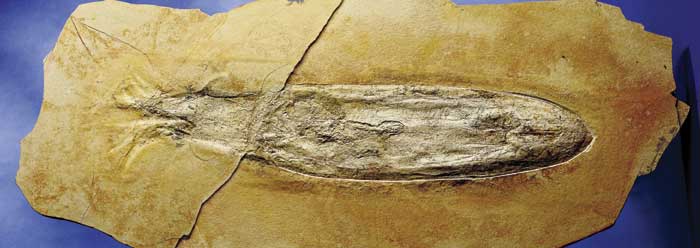
Donkey Gives Birth to 'Zedonk'
For 25 years, donkeys and zebras at the Chestatee Wildlife Preserve have shared the same pasture while maintaining separate identities. When a donkey gave birth recently, zookeepers were surprised to see the baby "zedonk." Its head was donkey-like, but its legs displayed clear zebra stripes, meaning that a zebra stallion was the father.

How Can Evolution Explain Opposite Genetic Effects?
To produce offspring, males and females contribute specialized reproductive cells called gametes--sperm cells from males and eggs from females. Most genes used to manufacture gametes differ from organism to organism. Scientists were surprised, therefore, by a recent study showing that, in spite of those differences, one gene in particular was present in all the animals surveyed.

Experiment Shows Plant 'Intelligence'
Do plants think? They don't have brains or even neurons. But when scientists shined a light onto a leaf at the bottom of a plant, the entire plant "knew" how to react. Their studies uncovered evidence that plants not only have complex internal interactions, but that these are remarkably well-constructed to adapt for survival.

Tentacular Squid: Rewriting Squid Stories Before the Ink Dries
During a recent tour of the fossil displays on ICR's campus, a Dutch-speaking group referred to our fossil squid as an inktvis or "ink fish." This led to the discussion of a discovery in 2009, where researchers reconstituted dried ink from a squid's fossilized ink sac.1 The paleontologists even drew a picture of what that extinct squid looked like using its very own ink!
Cell systems…what’s really under the hood continues to drop jaws
In Journal of Creation 24 (2): 13-15, August 2010
Two 2009 papers summarized recent discoveries of utterly unforeseen intricacy, adaptability, robustness and precision in regulating gene expression, even in “simple” cells.
Click here to read the full article text.



